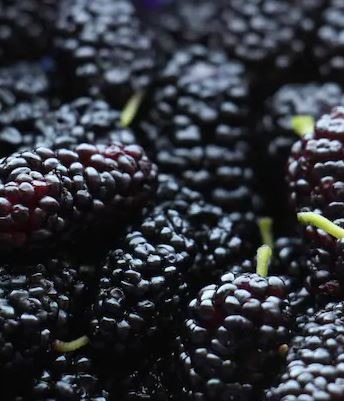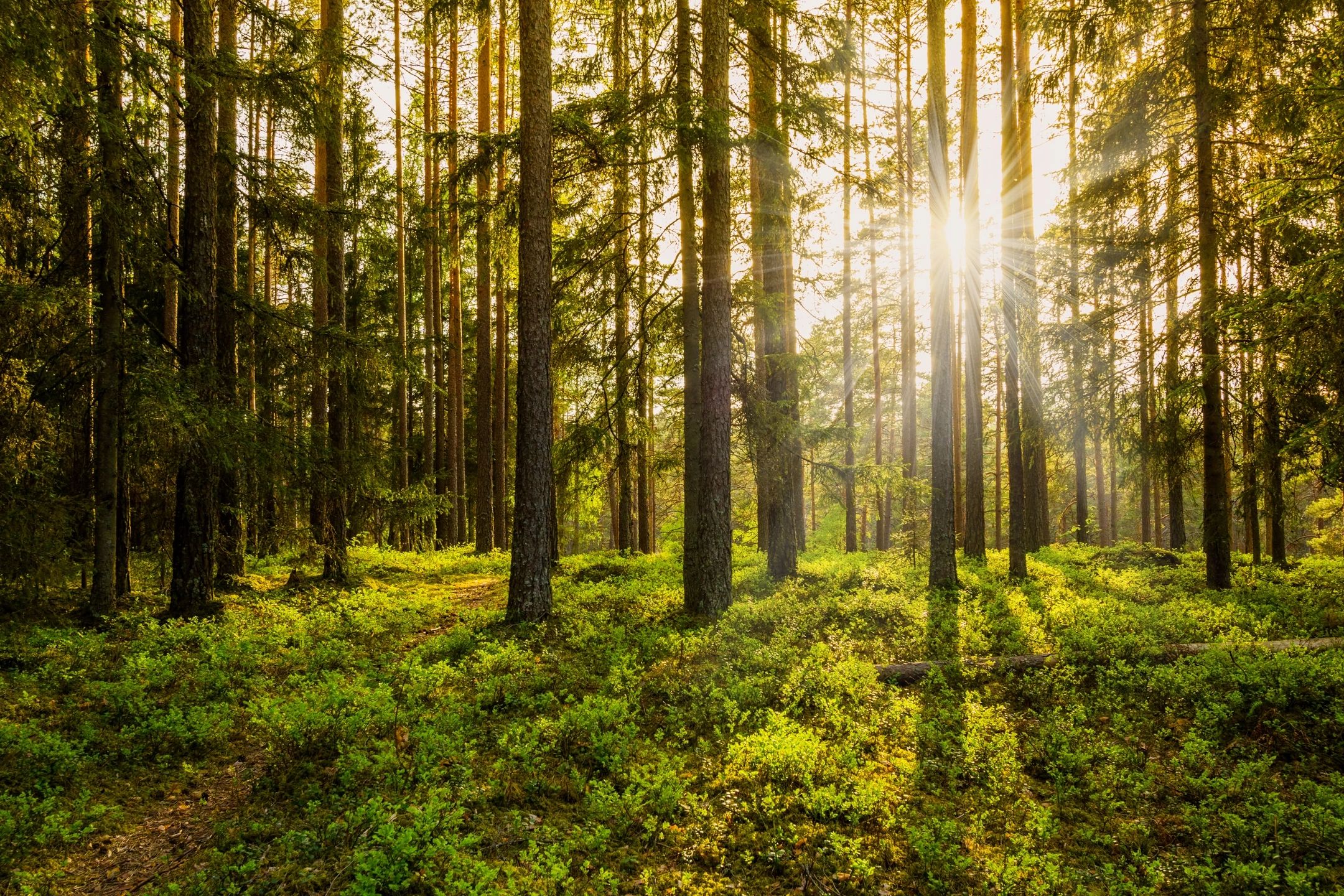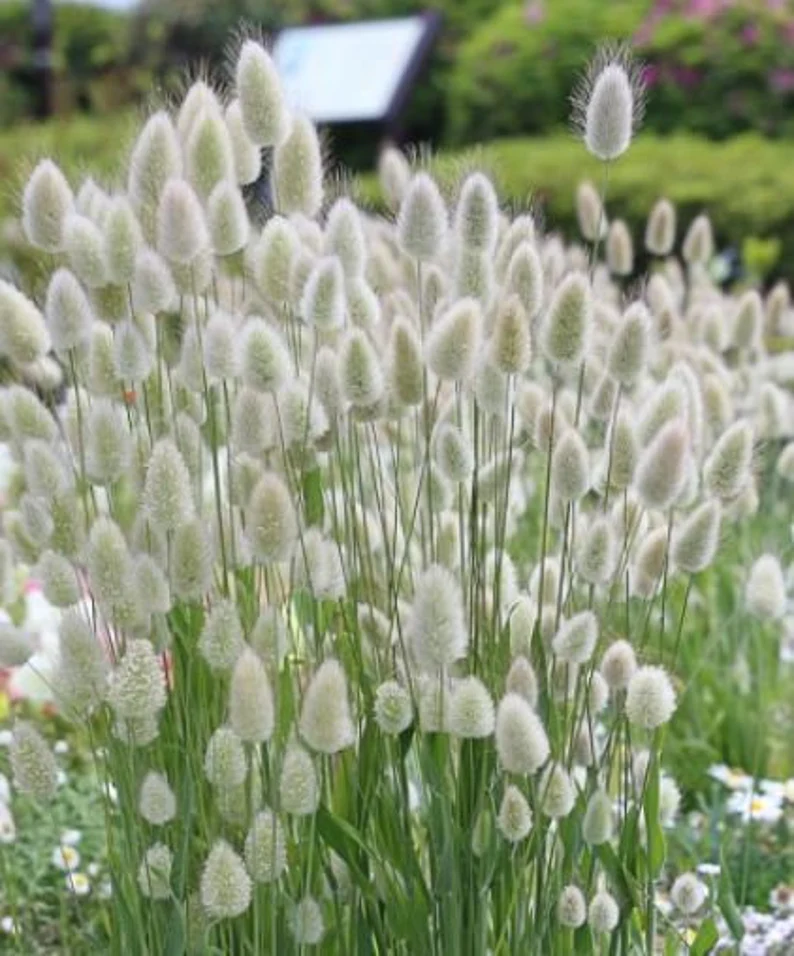
Mulberry
The Black Mulberry Tree is a deciduous tree that is native to many parts of the world, including North America and parts of Europe. This tree is a fast-growing species that can reach heights of up to 40 feet. It has a full and spreading canopy and dark green leaves, which turn yellow and orange in the fall. Its fragrant flowers are a favorite of bees and other pollinators.
The Black Mulberry Tree produces delicious and juicy black fruit that is popular for both eating fresh and making jams and jellies. The fruit is also popular among birds who love the sweet flavor and juicy texture. The fruit can be picked from the tree when it is ripe, typically in late summer.
Excellent tree to have in your garden or yard due to its hardiness and beauty. It is also a great addition to an orchard or homestead, providing a bountiful harvest of delicious fruit. Not only are the fruits delicious, but the leaves are also a great source of nutrition for animals and can even be used as a natural dye.
Mulberry Tree also has many medicinal properties. The leaves have been used to treat headaches, fever, and digestive issues. The bark and root can also be used to make a tea that is said to help with stomach cramps and reduce inflammation.
The Black Mulberry Tree is a great tree to have in your garden or yard. Not only is it beautiful and produces delicious fruit, but it also has many medicinal benefits. With its hardiness and fast-growing nature, the Black Mulberry Tree is a great addition to any home.
Care Guide
Here’s a step-by-step guide on how to care for a Black Mulberry Tree:
- Planting:
- Choose a suitable location: Select a sunny spot in your garden with well-drained soil.
- Dig a hole: Dig a hole that is twice as wide and deep as the root ball of the tree.
- Amend the soil: Mix organic matter, such as compost, into the soil to improve its fertility and drainage.
- Plant the tree: Place the tree in the hole, making sure that the base of the trunk is level with the surrounding soil.
- Backfill and water: Fill the hole with soil, gently firming it around the roots. Water the tree thoroughly to settle the soil.
- Watering:
- Initial watering: After planting, water the tree deeply to help establish its roots. Provide enough water to moisten the entire root zone.
- Regular watering: Mulberry trees generally require regular watering, especially during dry periods. Water deeply, but make sure the soil is well-drained to avoid waterlogging.
- Mulching:
- Apply mulch: Spread a layer of organic mulch, such as wood chips or bark, around the base of the tree. Mulch helps retain moisture, suppresses weeds, and regulates soil temperature.
- Maintain mulch: Keep the mulch a few inches away from the trunk to prevent rotting.
- Pruning:
- Formative pruning: When the tree is young, prune it to establish a desired shape and structure. Remove any crossing or rubbing branches.
- Maintenance pruning: Prune dead, damaged, or diseased branches as they occur. Also, thin out crowded branches to improve air circulation within the canopy.
- Fertilizing:
- Organic matter: Mulberry trees generally don’t require excessive fertilization if grown in well-amended soil. However, you can add organic matter, like compost, annually to improve soil fertility.
- Balanced fertilizer: If the tree shows signs of nutrient deficiencies, such as pale leaves or slow growth, apply a balanced fertilizer specifically formulated for fruit trees according to the package instructions.
- Pest and Disease Control:
- Regular inspection: Monitor the tree regularly for any signs of pests or diseases, such as leaf spots, powdery mildew, or aphids.
- Integrated Pest Management (IPM): Use cultural practices like maintaining good sanitation, proper pruning, and providing adequate airflow to prevent pest and disease problems.
- Organic control methods: If necessary, use organic insecticidal soaps, neem oil, or horticultural oils to control pests. For diseases, apply appropriate organic fungicides as recommended.
- Harvesting:
- Patience is key: Black Mulberries typically take a few years to start bearing fruit. Be patient and allow the tree to establish itself before expecting a significant harvest.
- Ripe fruit: Harvest the berries when they are fully ripe, dark-colored, and easily detach from the tree with a gentle tug.
Remember to consult local gardening resources or experts for specific advice based on your region’s climate and soil conditions.
Looking to Purchase?
These trees are available to purchase here at our Esty shop.
Any Questions?
If you have any more questions feel free to email us at [email protected]. We’ll be happy to help!





